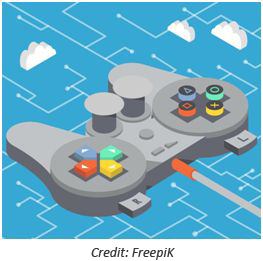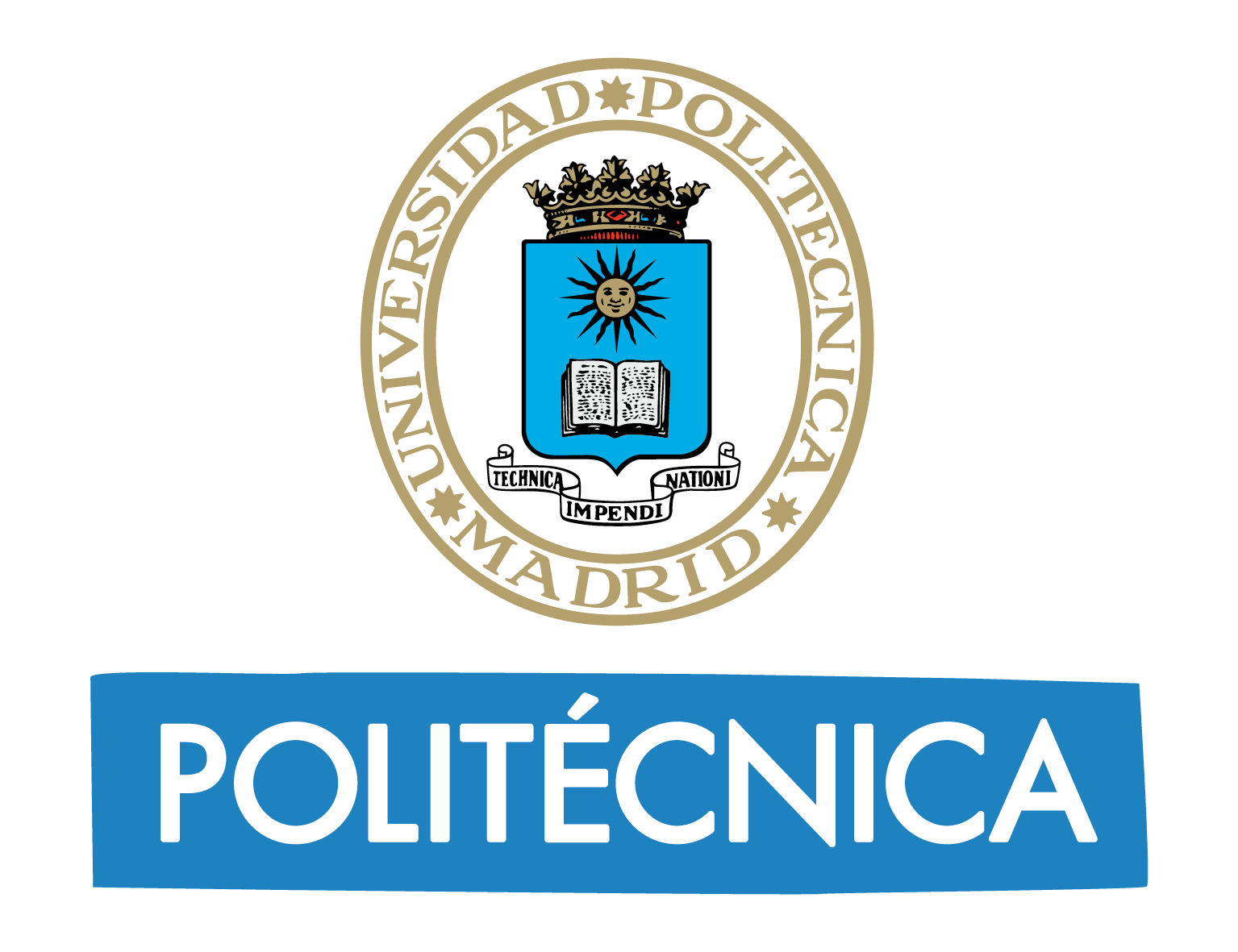A new model of data capture provides “superconnected” video games
A semantic model developed by, among others, researchers from UPM will allow designers and video game companies to exchange both data and real information in order to put into practice unique game experiences and shared at the same time.
From now on, thanks to the technologies developed by a research group of School of Computer Engineering at Universidad Politécnica de Madrid and Lappeenranta University, the developers and video games companies will have a semantic model that will allow them to interchange information between two games giving the possibility of transfer information from a game to another.
Video games have become very popular and widely adopted in our society and they are no longer considered a mere entertainment for children. Today they are assessed from diverse cognitive and social perspectives. However, the interchange of information as a tool of development of this industry is still a pending issue among developers. As a consequence of this lack, researchers from the Ontology Engineering Group at Universidad Politécnica de Madrid developed a new model of data capture: the Video Game Ontology.
The hyperconnection resulting of this ontology provides numerous advantages to the developers. María Poveda, a female researcher of the group and involved in the project reveals: “although the idea is not new and we can transfer characters and actions from a game to another, the interchange of information between games has been essentially conducted in an intuitive way, without taking into account basic semantic parameters that can help connect the real game experience between users”.
 The Video Game Ontology can draw with precision the game mode of diverse characters, elements, and scenarios of the game, exchanging information accurately from a game to another. The benefit provided by this ontology is twofold: firstly, the possibility to capture the achievements of a game by determining the real behavior of the players during each game. Secondly, it allows representing relevant metadata and statistics from different games by using the same model.
The Video Game Ontology can draw with precision the game mode of diverse characters, elements, and scenarios of the game, exchanging information accurately from a game to another. The benefit provided by this ontology is twofold: firstly, the possibility to capture the achievements of a game by determining the real behavior of the players during each game. Secondly, it allows representing relevant metadata and statistics from different games by using the same model.
The purpose of the ontology is to capture the knowledge in the field of video games. The presented ontology brings semantic modeling of video game knowledge a step closer to reality, which can lead to better and more immersive player experiences.
The core idea of this project was the data modeling resulting from the games with video games, but the way in which this data can be transferred was not considered since the ontology is available to the interested parties through open source. This allows developers and video games companies to select how to exchange the obtained data.
Thanks to the use of the vocabulary developed by researchers from the Ontology Engineering Group, the implementation of information exchange could be carried out among video games from different companies. It is a transfer of game contents in the broadest sense and not focused on research. It is indeed focused on the video game interoperability. For the first time, games can be “superconnected” in order to enhance the sector from both visibility of the market and gaming experience.
This ontology has been tested in three games –Asteroids, Coil and BrowserQuest– showing that the video game data can be collected and exchanged for its usage in multiple different games. Thanks to the possibility to capture a large amount of data, the interoperability is feasible and able to model the information to be used by the video game sector for its future development.
Moría Poveda concludes: “the design of the Video Game Ontology and its publication in open-source will allow the actors involved to participate in the validation of the ontology in order to improve the development of the video game sector through the interchange of knowledge and information”.
Parkkila, J.; Radulovic, F.; Garijo, D.; Poveda-Villalón, M. Ikonen, J.; Porras, J.; Gómez-Pérez, A. An ontology for videogame interoperability. MULTIMEDIA TOOLS AND APPLICATIONS 76 (4): 4981-5000. FEB 2017.


